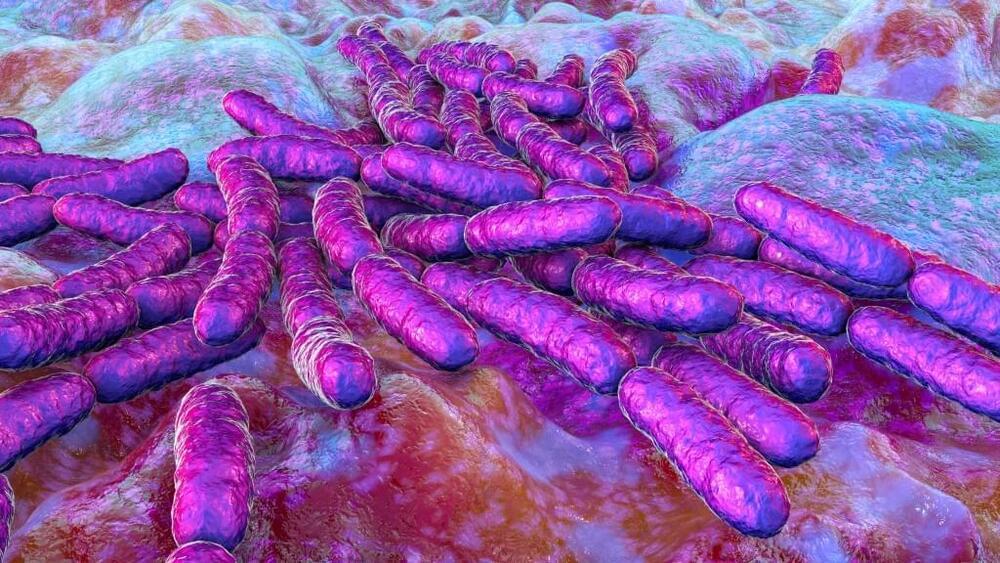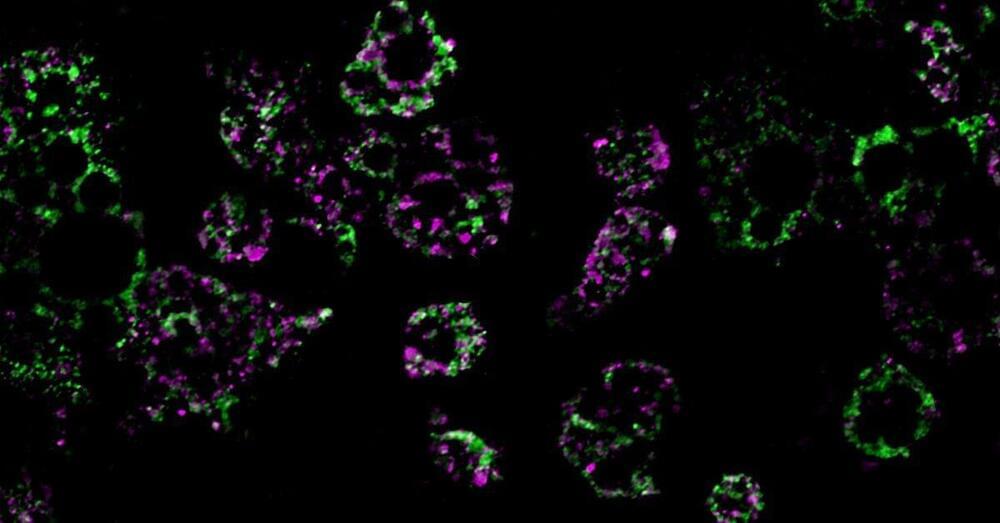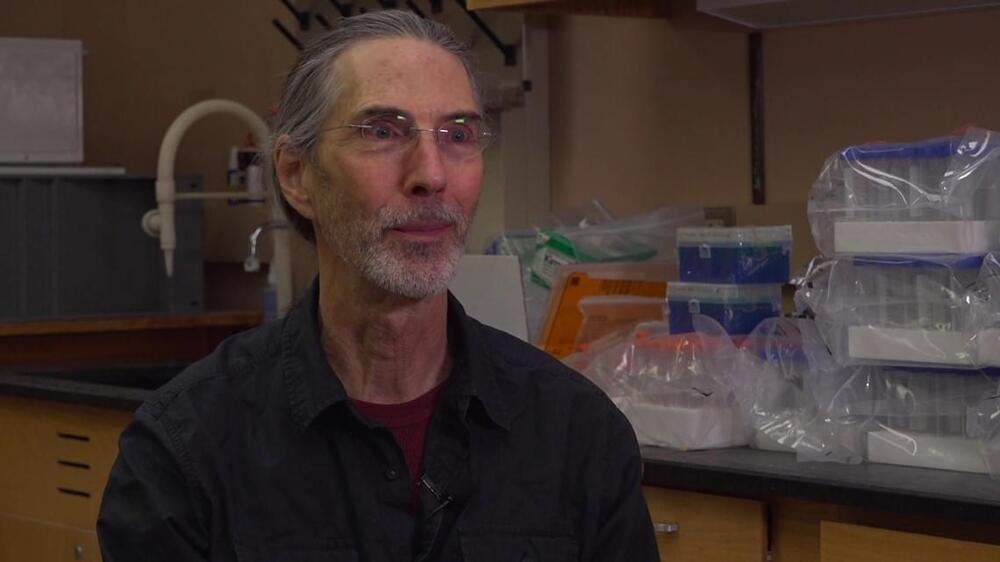The discovery of lactate-producing, resistance-building bacteria inside tumours could be exploited for future treatments.
Category: biotech/medical – Page 531
The number of people with obesity has nearly tripled since 1975, resulting in a worldwide epidemic. While lifestyle factors like diet and exercise play a role in the development and progression of obesity, scientists have come to understand that obesity is also associated with intrinsic metabolic abnormalities.
Now, researchers from University of California San Diego School of Medicine have shed new light on how obesity affects our mitochondria, the all-important energy-producing structures of our cells.
In a study published in Nature Metabolism, the researchers found that when mice were fed a high-fat diet, mitochondria within their fat cells broke apart into smaller mitochondria with reduced capacity for burning fat. Further, they discovered that this process is controlled by a single gene. By deleting this gene from the mice, they were able to protect them from excess weight gain, even when they ate the same high-fat diet as other mice.
After years of trials, Iowa State genetic scientists can build a DNA structure that can express its own genetic instructions, which could lead to medical advances.
A new stamp-sized ultrasound sticker developed by MIT can help monitor organ stiffness and detect diseases and tumor progression.
The MIT-developed sensor could detect signs of disease such as liver and kidney failure, and the progression of solid tumors.
With more than 1,000 nerve endings, human skin is the brain’s largest sensory connection to the outside world, providing a wealth of feedback through touch, temperature and pressure. While these complex features make skin a vital organ, they also make it a challenge to replicate.
By utilizing nanoengineered hydrogels that exhibit tunable electronic and thermal biosensing capabilities, researchers at Texas A&M University have developed a 3D-printed electronic skin (E-skin) that can flex, stretch and sense like human skin.
“The ability to replicate the sense of touch and integrate it into various technologies opens up new possibilities for human-machine interaction and advanced sensory experiences,” said Dr. Akhilesh Gaharwar, professor and director of research for the Department of Biomedical Engineering. “It can potentially revolutionize industries and improve the quality of life for individuals with disabilities.”
In the United States, the shortage of available organs for transplantation remains a critical issue, with over 100,000 individuals currently on the waiting list. The demand for organs, including hearts, kidneys, and livers, significantly outweighs the available supply, leading to prolonged waiting times and often, devastating consequences.
It is estimated that approximately 6,000 Americans lose their lives while waiting for a suitable donor organ every year.
Researchers at Carnegie Mellon University have developed a novel tissue engineering technique that aims to potentially bridge the gap between organ demand and availability, offering a beacon of hope.
Researchers unveil urine-based ovarian cancer test using nanopore sensing and identifying peptides, promising improved early detection.
Cedars-Sinai Cancer investigators have discovered a protein expressed on multiple myeloma cancer cells that drives disease growth and development. The new study found that blocking part of the protein’s unique signaling pathway stops myeloma growth in culture and in laboratory mice. Their study was published in the journal Cancer Research.
The protein studied, called ephrin B2, is a powerful new target in the treatment of patients with multiple myeloma, a disease that has numerous partially effective treatments, but no cure. Based on these findings, investigators are now working on the development of therapies to target this protein in patients.
Myeloma cells grow inside a patient’s bone marrow. Unlike many types of cancer cells, multiple myeloma cells cannot live outside the patient, meaning they rely on signals from the patient’s healthy cells in order to grow. Investigators sought to determine the source of that signal as a potential way to block myeloma cells’ growth.
More young people are getting colorectal, breast, and cervical cancers. An expert recommended knowing your family history and advocating for yourself.









